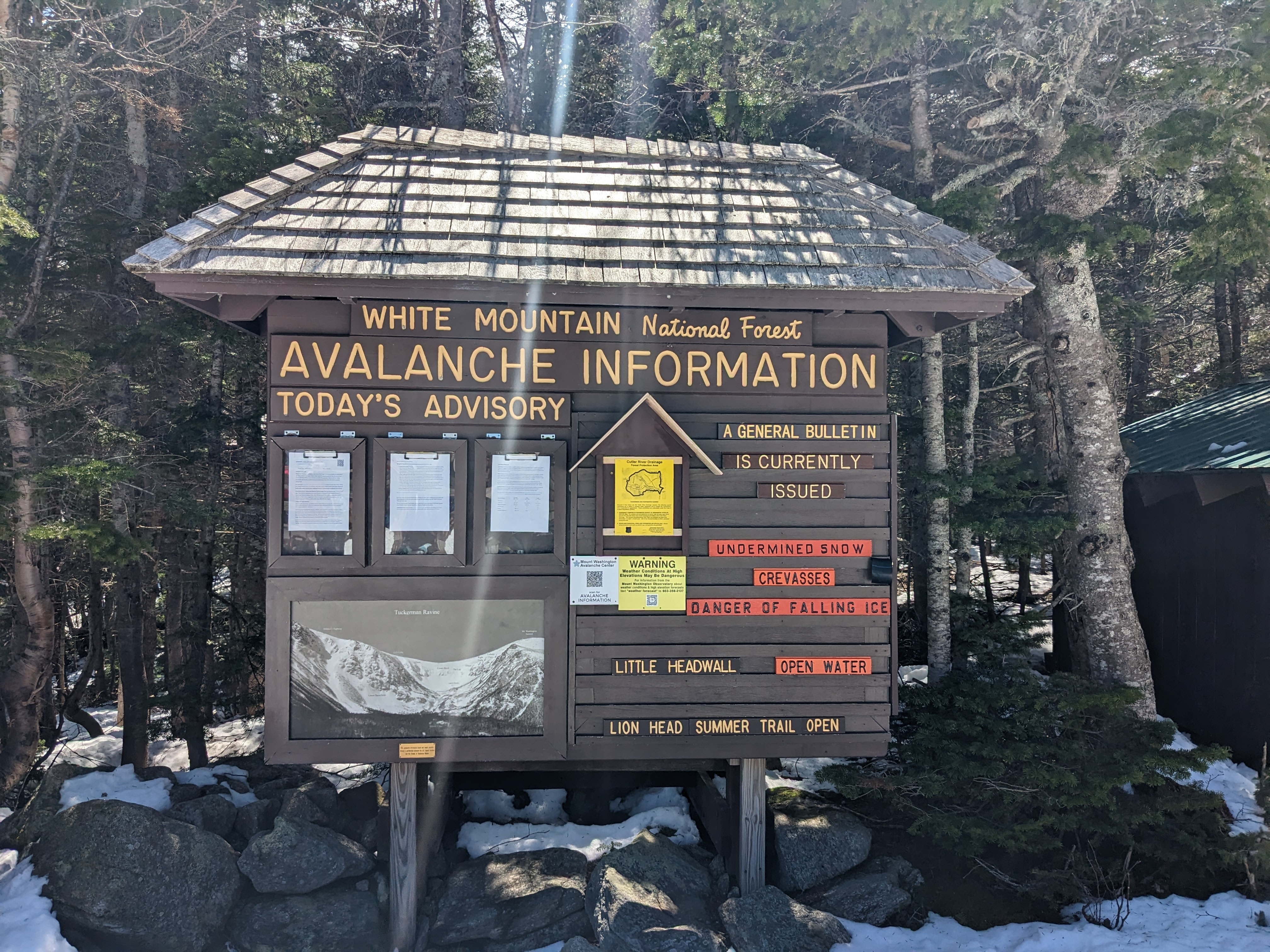I'd also add the additional hazard of undermined snow and crevasses...

Especially in the late season with the snow melt this can lead to some real sketchy situations like this video: https://m.youtube.com/watch?v=KuZulaVTcM8
For snow sports outside of the resorts. This community includes back country skiing, snowboarding, telemarking and more.
Posting Guidelines
Anyone can comment or post regardless of their experience with snow sports in general. We welcome all those who want to ask questions or share their adventures.
Safety
Always know your limits when going into the back country. If you are just getting started, in-person avalanche training is essential.
Remember that anyone can post to this community regardless of experience so do your own research.
Books
Staying Alive in Avalanche Terrain by Bruce Tremper
Backcountry Skiing: Skills for Ski Touring and Ski Mountaineering by Martin Volken, Scott Schell, and Margaret Wheeler
AUTONOMY MASTERY AND PURPOSE in the Avalanche Patch, Bruce Kay
Mountaineering the Freedom Of the Hills
Avalanche Forcasting Centers
Colorado Avalanche Information Center
Northwest Weather and Avalanche Center
Eastern Sierra Avalanche Center
Alaska: Chugach Avalanche Center
General Avalanche Information
US Forest Service Avalanche Center
Trip Planning and Mapping
USDA NRCS - for finding where the snow has accumulated
Acknowledgement
A thank you to /u/pragmaticminimalist and the /r/backcountry community on Reddit for supporting a great community for over 12 years. Many of the links in this side bar come from /r/backcountry as they are good resources.
Moderators
If you are interested in helping to moderate this community, please contact @[email protected].
We prefer moderators who have formal avalanche training (E.g. AIARE level 1 or equivalent) and a few years of back country skiing experience, but lets see how this goes.
I'd also add the additional hazard of undermined snow and crevasses...

Especially in the late season with the snow melt this can lead to some real sketchy situations like this video: https://m.youtube.com/watch?v=KuZulaVTcM8
This is a good point. Would you mind writing up a section about that? Undermined snow and crevasses are a bit less of an issue in my area so you may have better direct experience.
This reminds me though, I should probably also add tree wells and tree bombs.
Love the list!
I'd add, make sure you're letting somebody know when to expect to hear from you, and your planned route(s).
I tell somebody, "I'm going to, place. I expect I'll call you by time. If we're running late maybe time. If I haven't contacted you by unreasonably late time please call for help."
Seems so basic but a lot of time rescuers don't even have a clue where to start looking in the early hours. If they even know there's a problem at all. That early start can make all the difference.
Good suggestion, I added a section on contingencies that covers this and a few other things I thought of. let me know what you think. Perhaps I will pin this one and take continual suggestions for improvement.
That's great! I tend to think about contingencies more cuz I tend to go solo/small groups. I think pinning it is a good idea too.
Yeah I think that is totally reasonable. I know plenty of people who ski solo. I figure it's safer to advocate going in a group for newer folk though. Especially since they may be unfamiliar with how decision making changes when traveling solo.